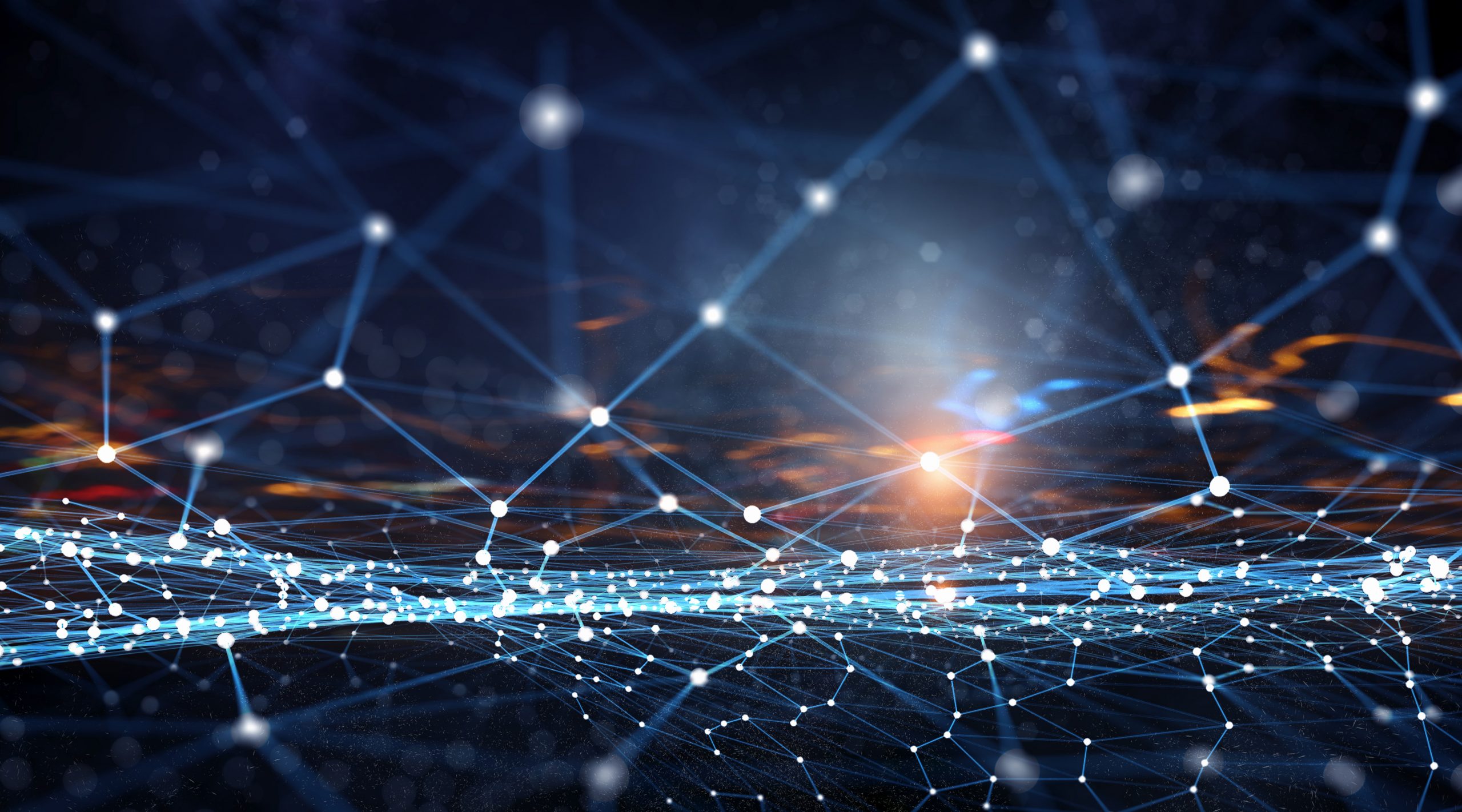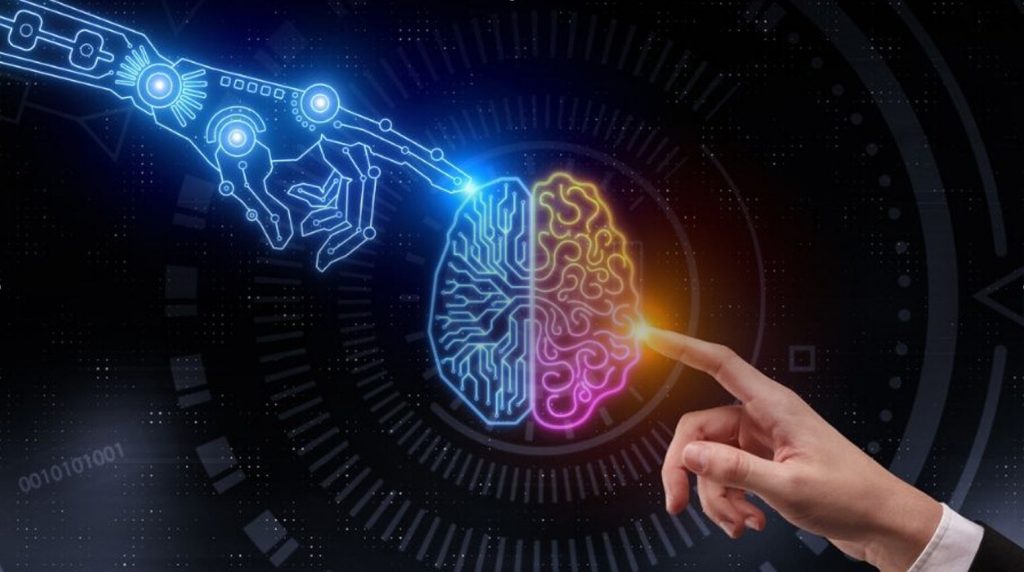..
 .
.
Metaverse has many definitions for now. For many people, the metaverse is a kind of digital space built on VR and AR technology.
For many others, VR and AR aren’t the prerequisites. Metaverse to us are simply dematerialized digital networks that exist parallel and connected somehow to our real world. Then, should we call any multi-user digital network a metaverse? Definitely not!
.

.
According to Mather Ball, a metaverse must have at least five of the following characteristics:
- Persistence: the metaverse will exist regardless of time and place.
- Synchronicity: participants of the metaverse will be able to interact with each other and with the digital world in real time, reacting to their virtual environment and each other similarly in the real world.
- Availability: everyone will be able to log on simultaneously and there will be no cap on the number of participants.
- Fully functioning economy: participants will be able to supply digital goods and services in exchange for value recognized by others. That value may start off as (or include) the kind of value that video games players already use now (for example, fiat currency exchanged for virtual gold and in-game items). It may also include non-fungible tokens, cryptocurrency, and e-money, along with more traditional fiat currency.
- Interoperability: the metaverse will allow a participant to use his or her virtual items across different experiences on the metaverse.
- .
With the rapid development of technology, persistence, synchronization, and unlimited availability are completely achievable. Multi-dimensional, cross-platform interoperability is also possible. In this article, we want to focus on economy, a core architectural component for any metaverse.
An economic system, whether in real life or in the metaverse, is fundamentally similar in architecture and includes quite a few different components. These components will be connected and interact with each other according to the main decision-making framework of the economy.
This decision-making structure of the economy defines allocation and usage of resources for production, the macro structure of production systems, and the distribution mechanisms of products and services. A very important parameter here is the degree of centralization of power in strategic economic governance decisions and who makes these decisions.
.

.
In-depth discussion of the mentioned above issues is certainly beyond the scope of a few articles. So in this one, we try to focus on some basic points about the structure of the digital goods and service production system in a metaverse from democratic and decentralization level point of view.
The metaverse trend is hotter than ever at the end of 2021, with official announcements from tech giants like Facebook or Microsoft. These corporations own the biggest social networks on earth at the moment. Building the metaverse can be considered an upgrade for the social networks they already owned. These networks also have their own economies at some certain level.
However, it is clear that these economies are subject to centralized control of the owners, and the structure of value allocation will certainly be directed mainly to the owners of the system. These centralized economies can even be called monopolistic economies. According to the laws of evolution, monopoly regimes will inevitably be replaced by more advanced, democratic structures.
With the very rapid development progress of blockchain technology, a large community in the world is putting their hope in a truly democratic and decentralized future world. The decentralized economy system is basically impossible in the real world, but it’s totally different with the metaverse.
We almost just started to build metaverses, therefore, we can completely apply the most advanced, democratic and optimal economic and political operating mechanisms to them. Building a complete metaverse is certainly not the work of a few people or even some big corporation. Building a metaverse requires involvement of the whole community.
A metaverse owned by a company will surely be biased by the main interests of its owners.
.

.
So what characteristics make a democratic and decentralized metaverse? The first point we can look at is the structure of production and distribution of digital goods and services.
In a metaverse with a decentralized, democratic economy, any citizen must have the right to produce and distribute goods according to standards and regulations recognized by the community. Take Facebook for example.
The main revenue and profit of this social network is the advertising system. Facebook’s advertising revenue in 2020 reached more than 84 billion USD with net profit reaching nearly 30 billion USD!
The resources and goods in this advertising system are exclusively owned by Facebook and shared with no one. Do you think Facebook will change this structure in their metaverse? Certainly no!
Facebook metaverse will implement a centralized and monopolistic economy for sure. So what about the metaverses that are being built using blockchain and NFT, positioned as decentralized metaverses? Most of these metaverses are not really democratic in their production system, unfortunately.
Their founders are both the creators of the economic systems as well as the producers of the basic and essential goods of the metaverses.
.

.
For example, virtual land in most current metaverses is defined by the developers and will be auctioned off for the purpose of raising capital to develop the system. Quantity and characteristics of these virtual lands are defined by the development team.
Either the virtual characters or the initial NFT assets of the metaverse, are often also defined and “produced” by the metaverse developers and will also be sold to players for the fund raising reason. This framework will be repeated with new goods and services appearing later in these metaverses, if any.
Citizens of these metaverses have no rights to be actually involved in the decision-making processes about what kind of goods and services that will appear in the metaverse, nor are they allowed to participate in the production of the first batch of primitive digital goods and assets.
Obviously, the community’s involvement level in the metaverse production system will be greatly limited, and the community’s interaction and engagement with the metaverse will be significantly reduced.
This economic system surely is not a market economy at all, and will certainly face many problems in long-term development.
.

.
For the metaverses to have long-term sustainable development, an open market economy with a digital crowd economy model is simply the best choice.
Communities must have the right to participate democratically in the mainstream economic activities of the metaverse, especially in the production system of digital goods and services.
What is a digital crowd economy, and how to implement it in a metaverse will be shared in the next articles in this “Building The Metaverse” series.
Thats why,
Metaverses Need Digital Crowd Economy
quote: Adroverse & Markus Phan
.